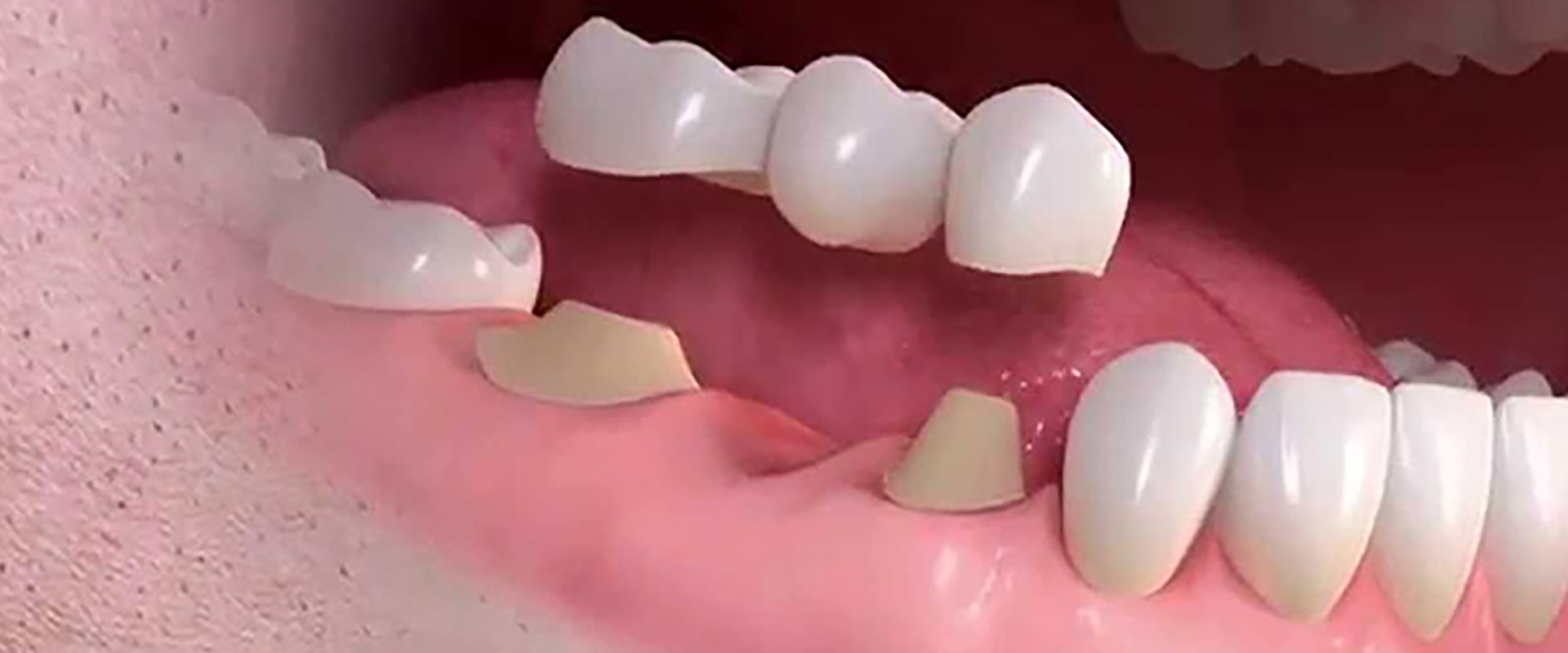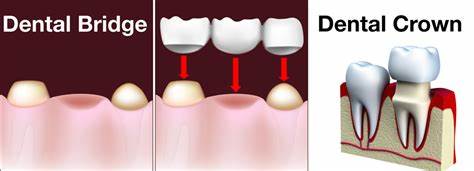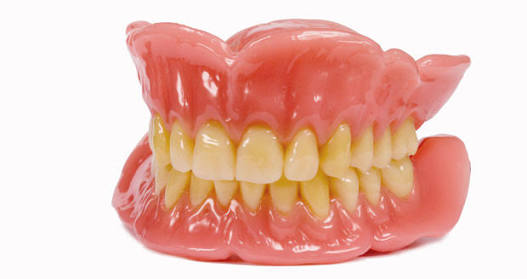PROSTHETICS

CROWNS & BRIDGES
Indications: Restoration of Endodontic treated (root canal) teeth, Fractured or missing teeth, Full Mouth Restorations and Rehabilitation for worn down, dilapidated teeth.

DENTURES
Dentures are a conventional, age old, tried and tested method of replacing missing teeth for the geriatric patients. Having complete dentures helps with chewing as well as supporting one's facial structure and improving ones speech. With immediate dentures, you can have a full set of teeth while you are waiting for your gums to heal and your bone to realign after having teeth removed. So, immediate dentures are a great alternative during that time.
Conventional dentures are removable, however there are many different denture designs, some which rely on bonding or clasping onto teeth or are fixed over implants.
Dentures require constant maintenance with soft relining every 2 to 3 years. Your gum tissue and jaw bone shrink with time. This causes the denture to become loose resulting in a poor fit. A visit to your dentist for an oral health examination will determine the cause of your ill- fitting dentures. Take a consult on how to improve the fit off your ill fitting denture with implant support.
Indications: Removable or Implant supported Denture, for the Senior Citizens who want to enjoy life to the fullest!

- General Health
- Oral Hygiene
- Smoking
- Grinding Your Teeth Some parts of the implants may need replacing with time because of wear or deterioration.
VENEERS
In the first appointment, a study model is prepared. The study model is used to make a wax up or mock up to give the patient an idea of the final outcome, which is decided by our aesthetic dentist using, the principles of digital smile design. In the second appointment, after minimal preparation of the teeth, impressions are made. Temporary restorations are fabricated immediately. In the next appointment a trial of the veneers is done, to check the aesthetics and they are subsequently bonded to the tooth to provide the required Cosmetic change.
One sitting Composite veneers or Luminaires option is also available. However these have a limited life span and are recommended, for a quick fix. Ceramic veneers are generally preferred as a more permanent and aesthetic option!
Indications: To improve shape, size, color, or position of teeth, To enhance your smile.

- Damaged teeth
- Small teeth
- Crooked teeth
- Gaps or spacing between teeth
- Permanently discolored teeth
FULL MOUTH RESTORATION
- Restoration of broken and damaged teeth
- Replacement of missing teeth
- Restoration and enhancement of appearance and the vertical height of the face
- Restoration of oral functions such as chewing, swallowing and speaking

